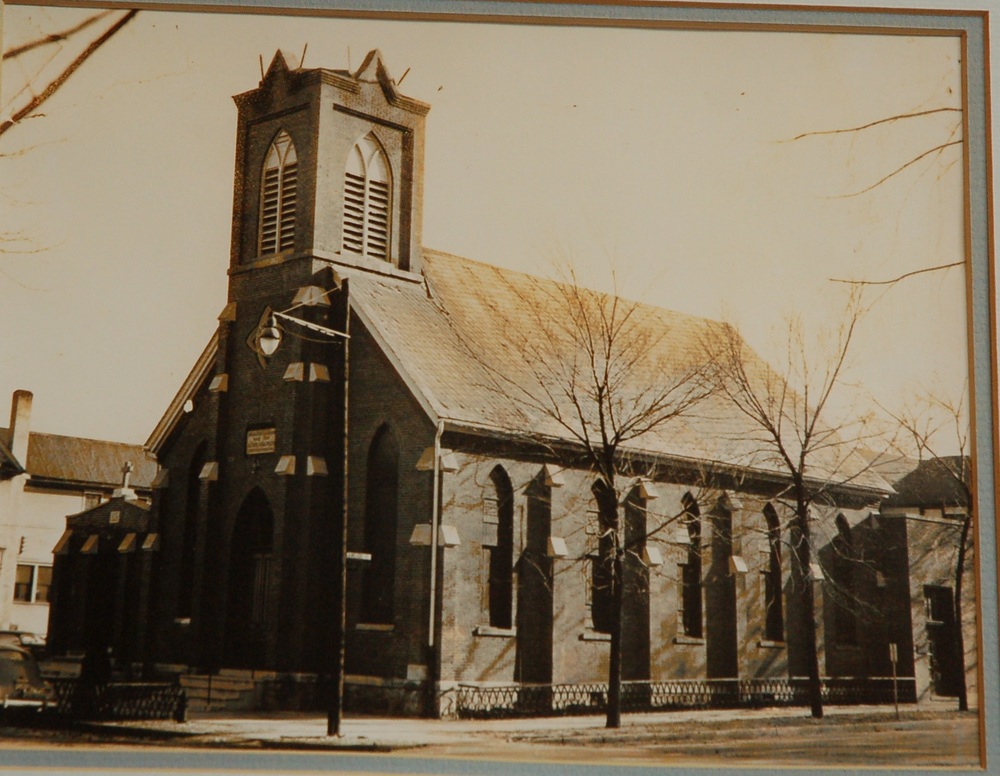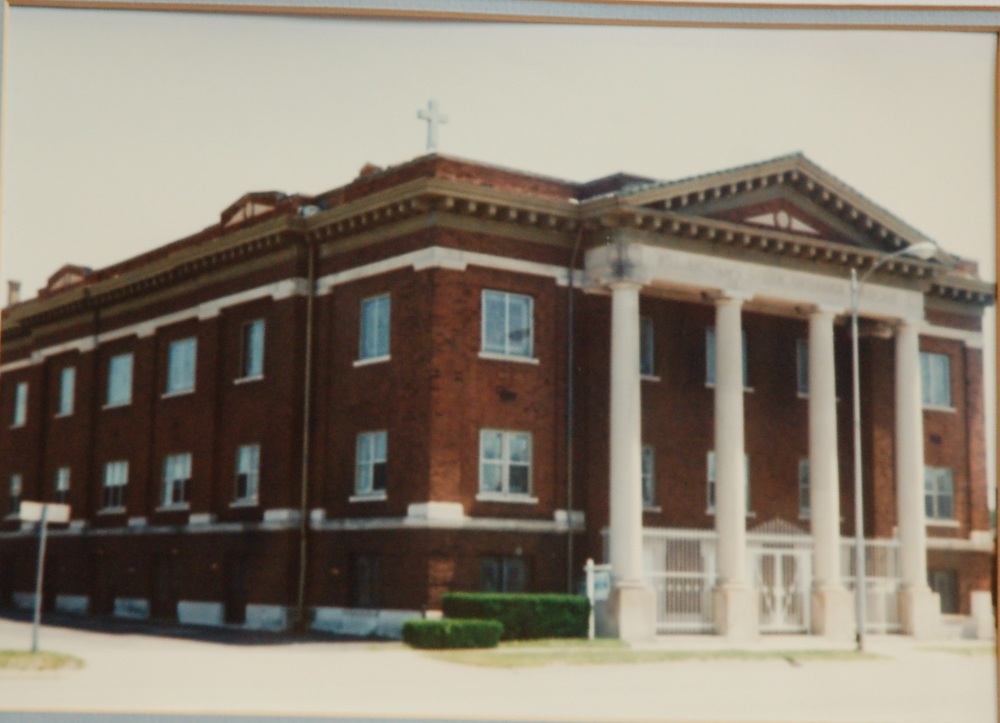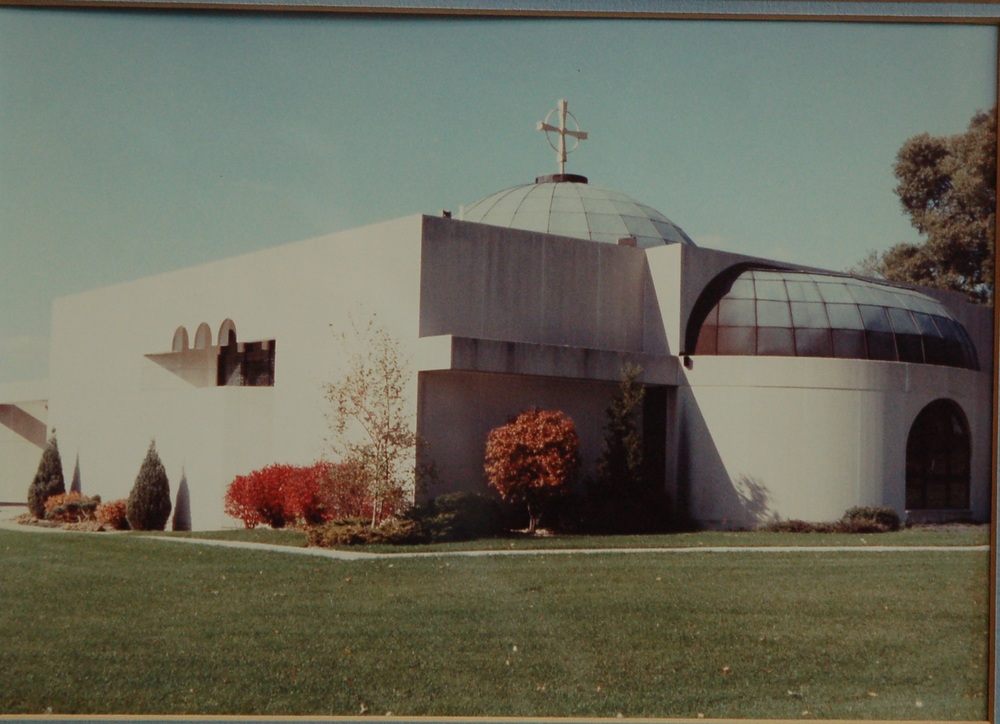Parish History
The corner stone of a brick building, attached to the south side of the church, was laid on October 14, 1929. This building provided space for Sunday school classes and a Greek language class, named "Pythagoras." The lower level, the "Ahepa Hall," served as a meeting room for the Ahepans as well as a social hall for the parish. Soon, thereafter, the chapel, named Panagia, and the vestry were constructed abutting the east wall of the church. All three buildings were now inter-connected and easily accessible from within.
Because of the continuing growth of the congregation, the need for yet larger quarters became apparent. In the mid-1970's the decision to build a new house of worship was made. The ultimate dream was realized - to have a completely new facility!
During the years following, a fervent effort was made by all parishioners to complete the task and realize the dream. After endless committee meetings, and with renewed determination and many major fund-raising projects, plans for Phase II, the sanctuary, forged ahead. Groundbreaking ceremonies took place on Sunday, April 3, 1983, and construction began on the new house of worship with the architectural firm of LeRoy Troyer and Associates of Mishawaka. Eight months later, on Sunday, December 4, 1983, the ceremony of opening the doors - "Thiranixia" - took place. Church services were held in the stark environment of the cement floor and folding chairs. Gradually the church began to take shape with the installation of carpeting, pews, and the Iconostasis. Other furnishings acquired were the stained glass windows, baptismal font, Bishop's throne, chanter's stand and other altar items. It was a great joy for the parishioners to admire the addition of each new item as it was acquired and installed.
|



